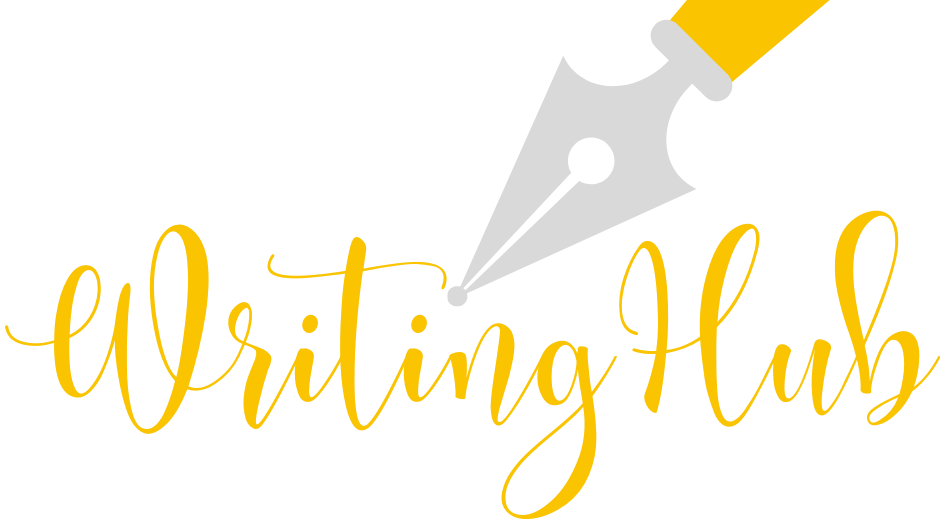Creating Impactful Government and Public Policy Presentations: Guide to Engaging Design and Effective Communication
In today’s complex and ever-evolving policy landscape, government and public policy presentations play a pivotal role in decision-making, public awareness, and legislative action. Whether you’re preparing a Government policy presentation or crafting a Policy brief PowerPoint design aimed at informing key stakeholders, the quality and clarity of your presentation can significantly influence the outcome. A well-designed presentation can guide understanding, encourage collaboration, and ultimately drive policy objectives forward.
At Writing Hub, we understand the importance of clear, visually engaging presentations that resonate with policymakers, public audiences, and organizational stakeholders. Let’s explore how to create impactful government presentations, optimize content, and leverage professional design services for the best results.
Understanding the Role of Public Policy Presentations
Public policy presentations serve as a bridge between complex governmental objectives and the people who need to understand and support them. They’re critical tools for conveying information to diverse audiences, from government agencies and lawmakers to public stakeholders and advocacy groups. Professionals offering Government policy presentation services and Public policy PowerPoint design understand this and focus on ensuring clarity, consistency, and persuasive appeal.
With these presentations often determining support for new programs, funding approval, or legislative changes, the stakes are high. Poorly designed or unclear presentations can lead to misunderstanding or lack of buy-in from stakeholders. At Writing Hub, we offer expertise in creating presentations that meet the demands of various government contexts—be it for Legislative proposal presentation services or Government training presentation design.
- Setting Clear Objectives for Your Presentation
A clear purpose is foundational to any effective policy presentation. Begin by identifying your key goals:
- Informing or educating: Are you delivering background information or laying out a policy proposal?
- Engaging and persuading: Are you seeking support for a new initiative?
- Prompting action: Do you need your audience to take a specific action or make a decision?
For example, a Policy analysis PowerPoint creation aimed at gaining support for a new environmental policy might include case studies, comparison data, and testimonials to build a compelling case. Clarifying objectives will guide the entire structure of the presentation and ensure that each slide aligns with the intended outcomes.
- Structuring Your Content for Maximum Impact
A well-structured presentation makes complex policy issues digestible. While content can vary depending on the audience, a strong structure generally includes:
- Introduction and context: Briefly explain why this policy or topic matters.
- Problem statement: Articulate the specific issue or need the policy addresses.
- Proposed solution: Describe the recommended approach, policy, or program.
- Impacts and benefits: Highlight the social, economic, or environmental impact of the proposed solution.
- Challenges and mitigations: Address potential obstacles and provide clear strategies for overcoming them.
- Conclusion and action items: Summarize and call for specific next steps, whether it’s stakeholder endorsement or formal approvals.
With structured content, policymakers and audiences alike can easily follow the presentation flow, grasping both the big picture and finer details without feeling overwhelmed.
- Elevating Content with Data Visualizations
Visual elements play a critical role in transforming dense data into easily understandable insights. For Public policy PowerPoint design, incorporating charts, graphs, and infographics can simplify data-heavy information. At Writing Hub, we offer Government agency PowerPoint solutions with expert data visualization, ensuring that statistics and key metrics stand out without overloading your slides.
To maximize the impact of visual elements:
- Opt for clean, simple graphics that highlight essential information.
- Avoid overcrowding—prioritize readability and spacing.
- Ensure that each visual component is relevant and adds value to the slide’s message.
Effective data visualization aids in conveying complex information in a digestible manner, making it easier for the audience to understand and retain important points.
- Consistency in Design: Reinforcing Professionalism and Brand Identity
A cohesive design reinforces both brand identity and professionalism, making it easier for audiences to connect with your message. Government presentations often benefit from:
- Uniform color schemes: Align with agency colors or themes that reflect your organization’s branding.
- Consistent typography: Use professional fonts and apply them consistently to ensure readability.
- Branded elements: Incorporate logos, government seals, or organization-specific graphics to add credibility.
Our Public sector presentation consulting at Writing Hub offers design services that ensure not only visual consistency but also alignment with the identity and standards of government agencies and public institutions.
- The Value of Professional Presentation Services
Creating an impactful policy presentation requires considerable time and expertise. By partnering with Government consulting presentation specialists, agencies and organizations gain access to streamlined, professional design processes. Writing Hub offers Government policy presentation services that cater to the needs of public sector clients, ensuring:
- Quality design that is polished, professional, and customized to meet your agency’s unique needs.
- Time efficiency, allowing your team to focus on content while we handle the visual elements.
- Audience-focused structure, with attention to detail and narrative flow that keeps your audience engaged.
Our team of experts takes the complexity out of presentation design, delivering polished, clear, and visually compelling results.
- Strategies to Engage and Interact with Your Audience
Audience engagement is vital, particularly for presentations that require stakeholder feedback or support. Incorporate elements that invite interaction:
- Polling slides: Polls can provide real-time insights and keep the audience actively engaged.
- Q&A sessions: Build in time to address questions and deepen understanding.
- Call-to-action (CTA) slides: In Legislative proposal presentation services, a CTA slide can guide next steps, whether it’s soliciting feedback or scheduling follow-up discussions.
Interactive presentations help transform a one-way communication into a dynamic conversation, building rapport and fostering audience buy-in.
- Simplifying Complexity in Policy Presentations
Policy topics are often complex, and simplifying content is crucial for effective communication. Here are some strategies:
- Use bullet points for main ideas instead of long paragraphs.
- Break down dense sections into shorter, digestible points.
- Minimize jargon where possible to ensure accessibility for a wider audience.
Our Policy analysis PowerPoint creation services at Writing Hub specialize in making complex ideas more accessible, so you can communicate your message effectively without losing the substance.
- Adapting to Different Presentation Settings
Public policy presentations are delivered in a variety of settings, each with its unique demands:
- Formal briefings: Use straightforward slides with minimal distractions, focusing on key data points and recommendations.
- Public engagements: Include storytelling and visuals to convey impact and relevance.
- Training workshops: Use interactive components, scenarios, or quizzes to engage participants.
The adaptability of your presentation is vital for reaching diverse audiences in different contexts. With Government training presentation design services from Writing Hub, we ensure that your presentation is versatile enough to adapt seamlessly across settings.
- Incorporating Clear Calls-to-Action
Clarity on next steps is critical in policy presentations. A call-to-action (CTA) slide serves as a conclusion and guide for follow-up, ensuring everyone is aligned on what actions to take post-presentation. An effective CTA slide should:
- Summarize key points concisely.
- State the specific actions or feedback needed.
- Provide contact information or links for further engagement.
Our Government policy presentation services prioritize clarity in every step, ensuring your presentation leaves a lasting impact and a clear roadmap for action.
- The Role of Preparation in Successful Presentation Delivery
Even the best-designed presentation will fall short if delivery isn’t prepared. Some tips for effective delivery include:
- Reviewing and practicing your slides for familiarity.
- Anticipating and preparing for questions from stakeholders.
- Keeping timing in mind to cover all points without rushing.
With Government consulting presentation specialists from Writing Hub, you gain access to presentation experts who can guide you on delivering complex information clearly, concisely, and persuasively.
Why Choose Writing Hub for Government Presentation Services?
At Writing Hub, we understand the nuances of public policy and government presentations. We offer customized Government policy presentation services and Public policy PowerPoint design that empower agencies to convey information effectively, facilitate decision-making, and foster public engagement. By choosing Writing Hub, you’re opting for quality, professionalism, and a partner who understands the high standards of public sector communication.




